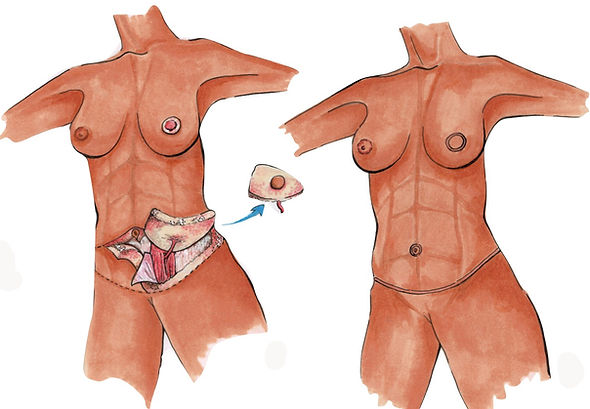
Despite the fact that cholesterol deposits in eyes are not harmful, they can cause discomfort and can grow in size over time. They don't need to be removed and are completely harmless. Dyslipidemia is a condition in which too many lipids are in the blood. This is what most patients who have cholesterol deposits around their eyes have. Learn how you can treat this condition. These are the steps you should take if cholesterol is accumulating around your eyes.
Dyslipidemia is a cause of xanthelasma
Dyslipidemia (a condition where too many fatty substances in the blood) is a common cause for xanthelasma. Dyslipidemia is characterized by high blood levels of LDL cholesterol (bad cholesterol), and HDL cholesterol (good cholesterol). People with xanthelasma often have high blood cholesterol. High cholesterol levels can make them more susceptible to inflammation and other issues.

Xanthelasma in eyes is a condition in which abnormal fat deposits appear in the eyelids. It can occur in patients with primary and secondary hyperlipemia, as well as in diabetics. It's usually characterised by yellowish spots on the inner side or lower eyelids. It is usually seen in young people, but it can happen to anyone. If you think you might have xanthelasma, it is best to see a doctor.
Lipoprotein deposits in eyes
Lipoprotein deposits in eyes are formed by a variety of processes. These lipids accumulate on the cornea, causing NV, opacification, decreases in vision acuity, and NV. They form when the underlying cell structure is damaged or no longer functions properly. These conditions can be slow-progressing and may be caused by many factors. There are two types of LK. One is idiopathic which occurs spontaneously and the other is secondary which results from other conditions. In both cases, lipid deposition is secondary to the underlying systemic disease. Third, lipid accumulation can also be caused by previous eye trauma and other diseases.
Corneal arcus is the most common form of ocular cholesterol deposition. It is caused by the accumulation of phospholipids and cholesterol in the peripheral cornea. Although it is usually a part of aging it can also be a sign that you have hyperlipidemia. A medical professional should examine it to determine if it's the reason for your eye condition.
Lipoprotein deposits can lead to atherosclerosis
The blood vessels become narrower and more difficult due to the accumulation of cholesterol. Hardening these vessels is bad for your health because they are malleable and flexible. The accumulation of cholesterol in the eyes is usually most common in people with a condition known as dyslipidemia, or too much lipid in the bloodstream. Anyone who develops eye deposits prior to age 40 should visit a physician for a quick screening.

Atherosclerosis is the result of an inflammatory response that is caused by fat deposits in the eye. Lipids accumulate in the bloodstream when a person is inactive. This condition can lead a person to develop xanthelasma. A condition that affects the area around the eyes and can cause atherosclerosis. Although there are many reasons for xanthelasma it is most commonly genetic. This condition can be caused by genetic conditions that increase blood lipid levels. Cholesterol is generally obtained from meats and dairy products. Cholesterol is necessary for the body's ability to make cell membranes, hormones, and assist in the digestion of fats.